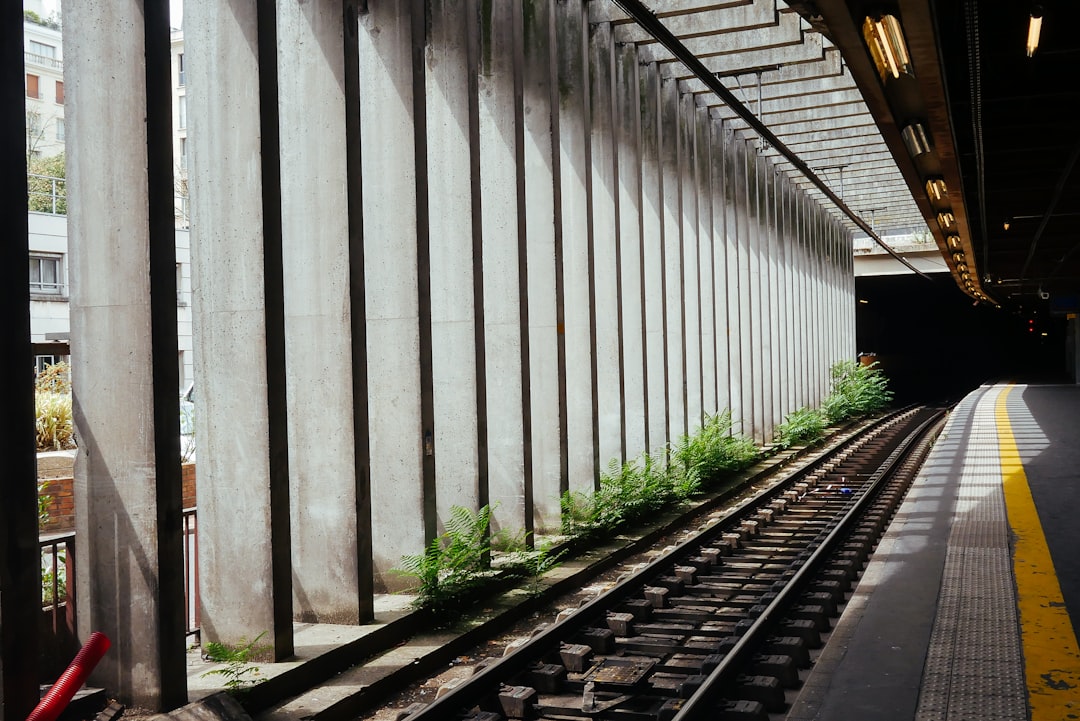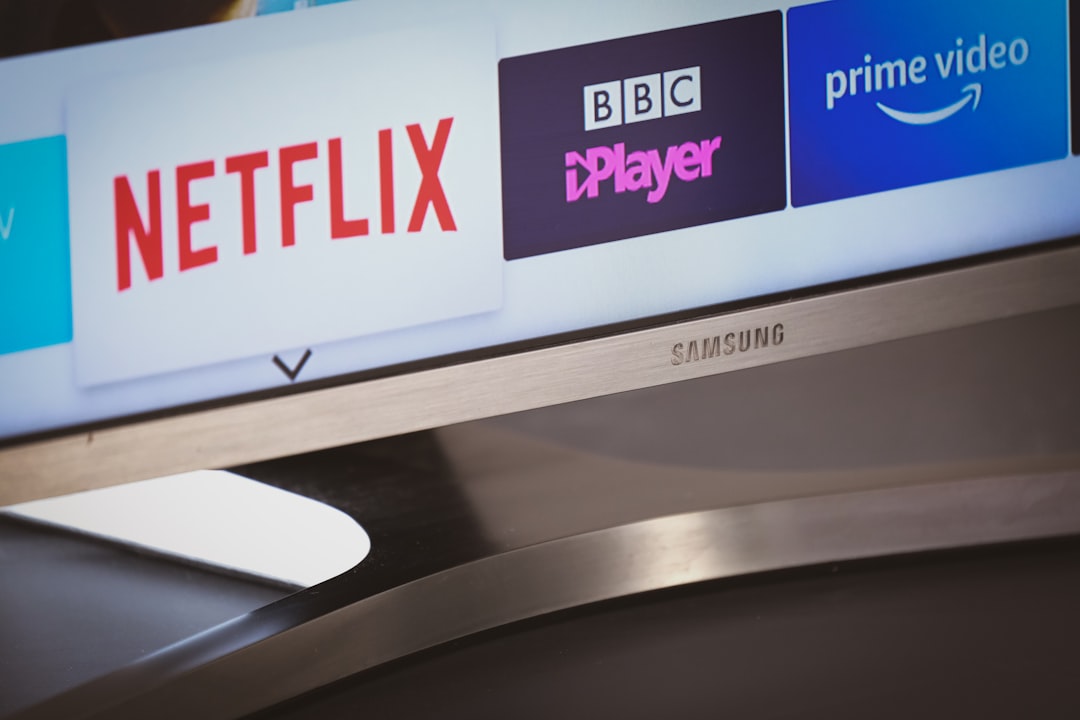What is it about?
This article argues that the problem of the Yasukuni Shrine between Japan and South Korea stems from the differential growth of Yasukuni discourses in both countries after the Pacific War. This divergence created the perception gap between the two, resulting in a diplomatic obstacle that hinders Japan--South Korea strategic cooperation.
Featured Image
Why is it important?
Clarifying Yasukuni discourses in Japan and South Korea. While the Japanese post-war discourse split into three schools of thought – Nationalists, Moderates, and Progressives – South Korean discourse has been consolidated into one dominant anti-Yasukuni perspective, largely shaped by Japan's political discourse and actions from the 1980s.
Read the Original
This page is a summary of: The Yasukuni question: histories, logics, and Japan–South Korea relations, The Pacific Review, March 2015, Taylor & Francis,
DOI: 10.1080/09512748.2015.1022583.
You can read the full text:
Contributors
The following have contributed to this page










